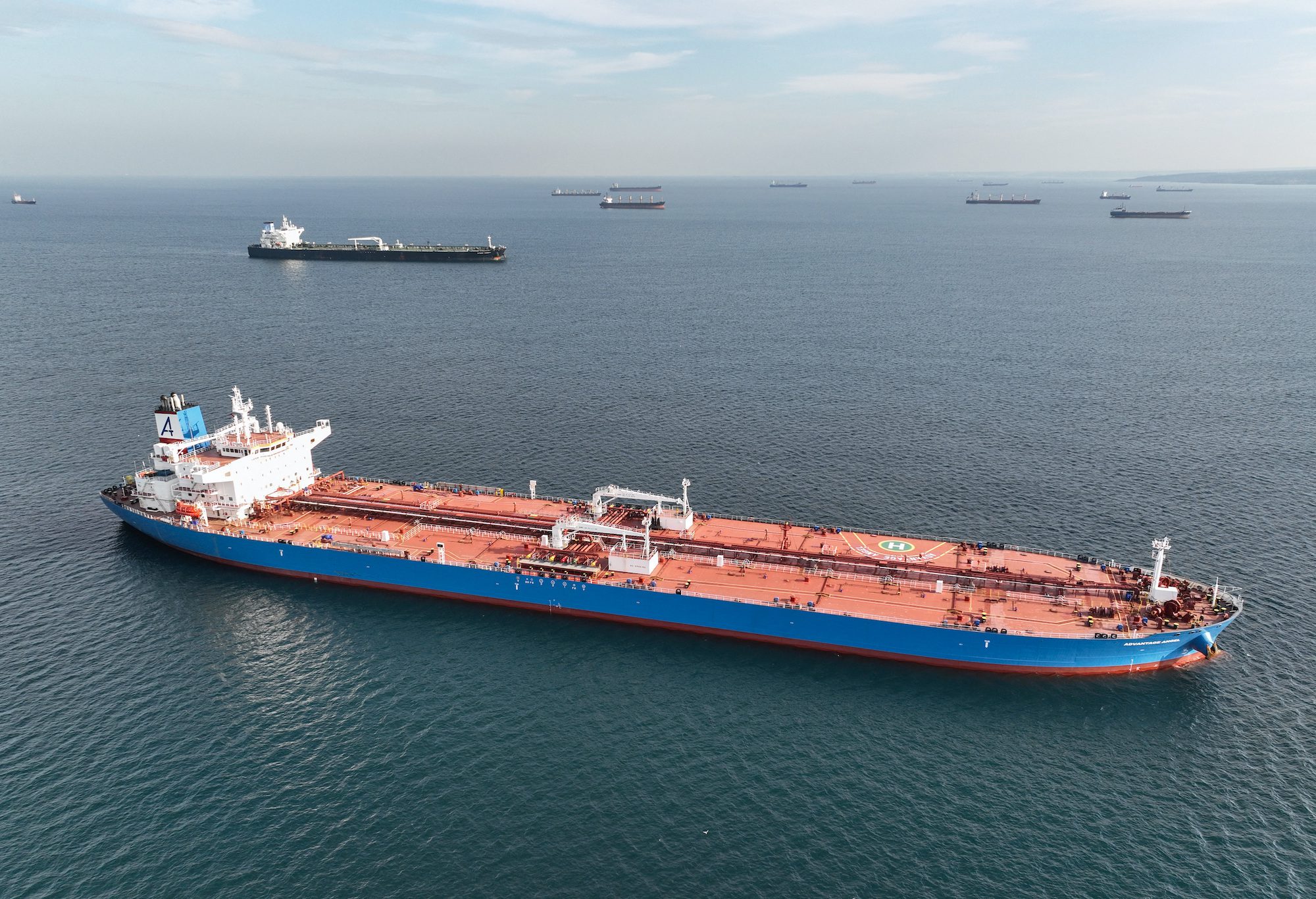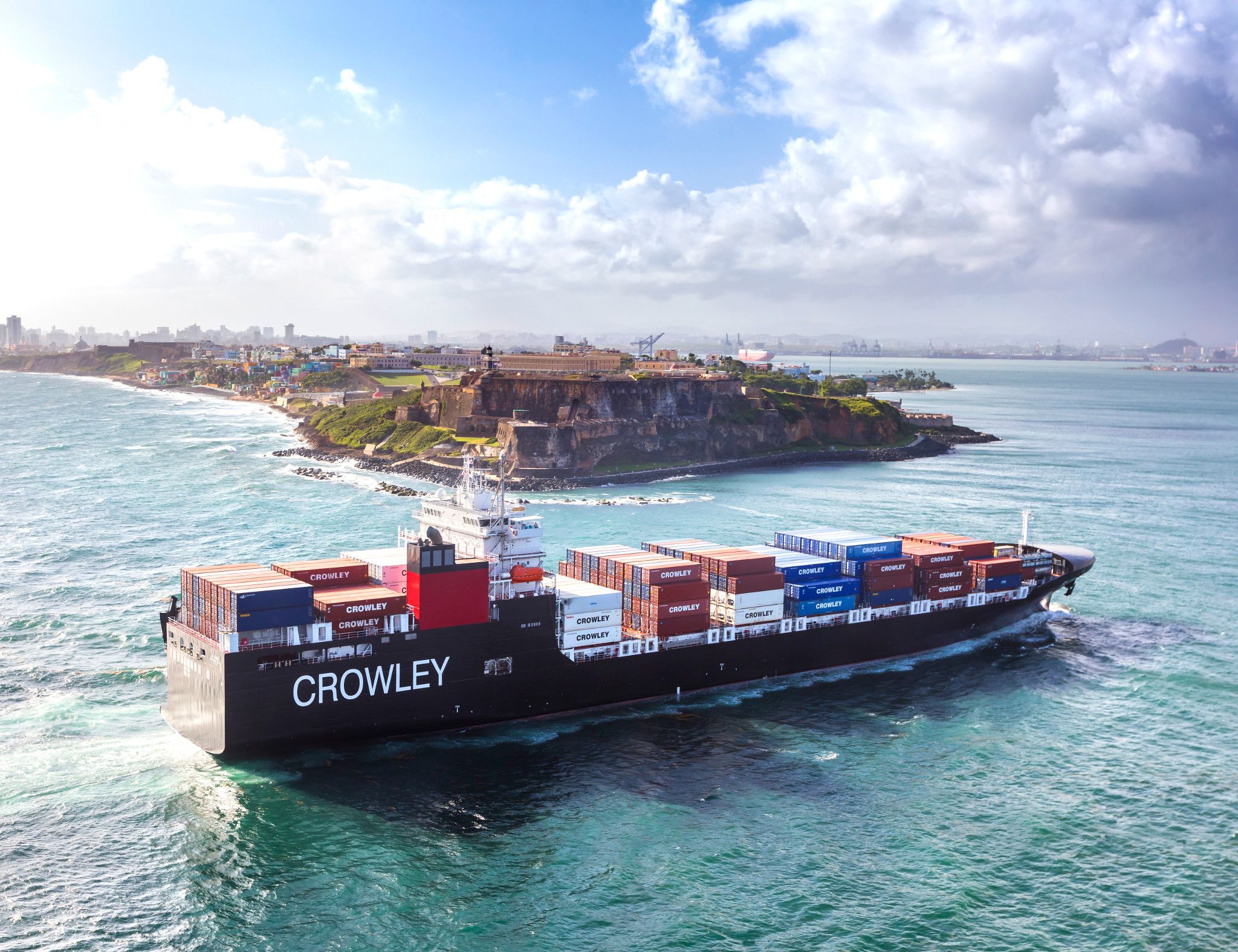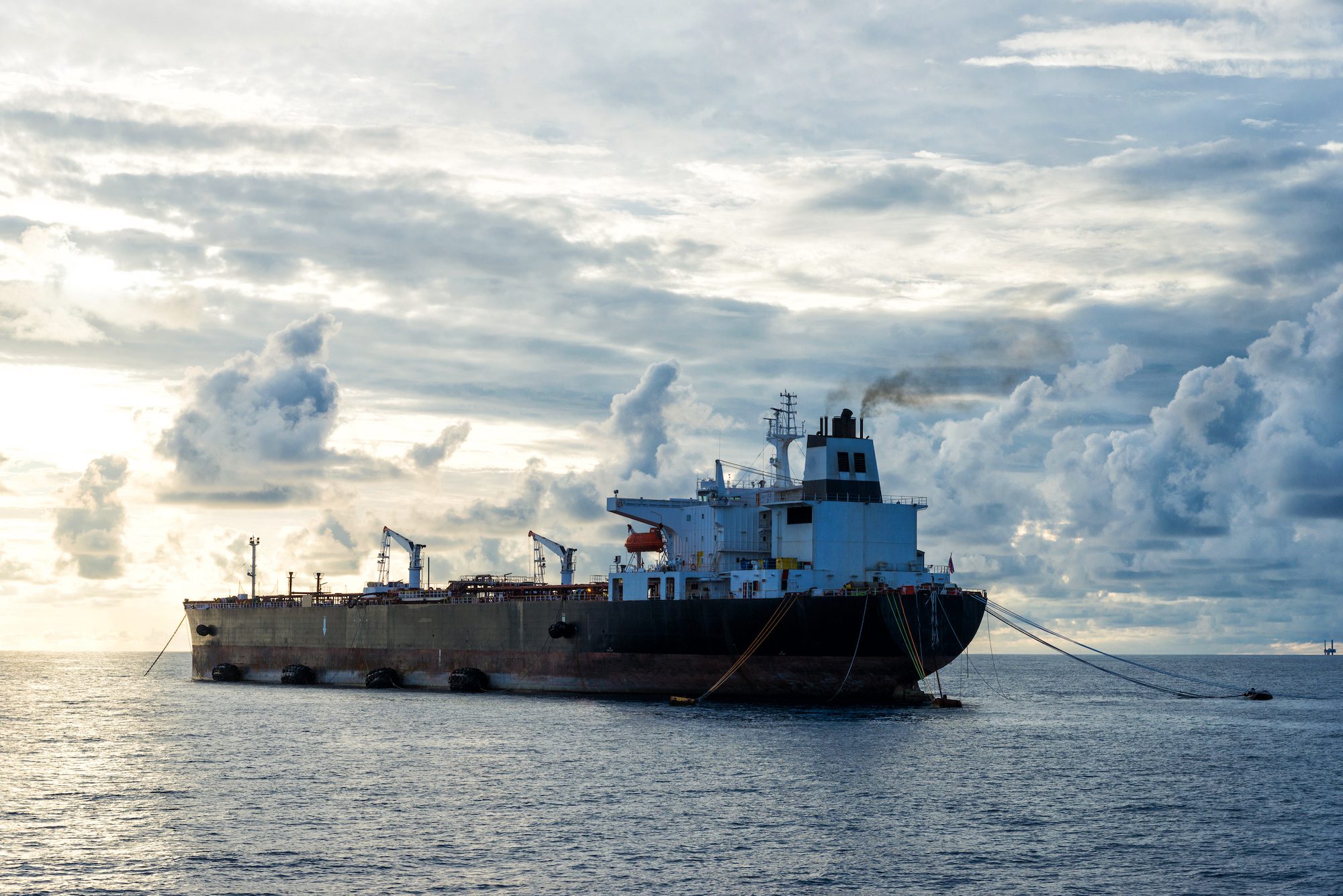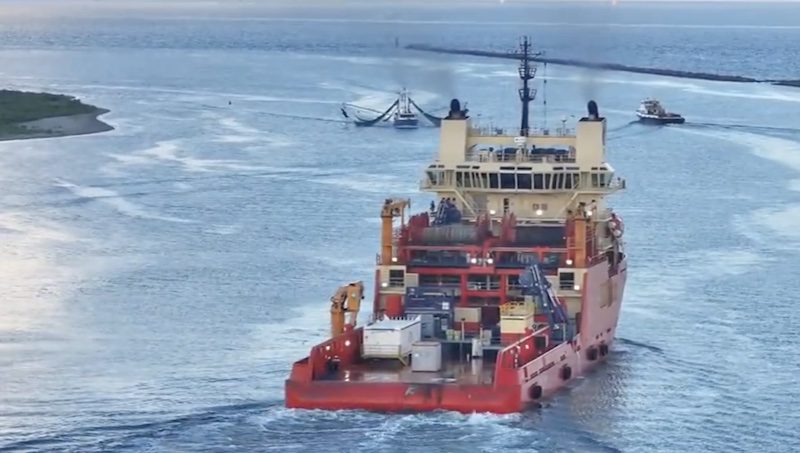(Bloomberg) —
A chunk of the vast fleet of tankers that Russia uses to deliver its crude oil is grinding to a halt under the weight of US sanctions, a sign that tougher measures by western regulators might be starting to have tangible effects on Moscow.
About half of the 50 tankers that the US Treasury began sanctioning on Oct. 10 have failed to load cargoes since they were listed, according to a ship-by-ship tracking of each one by Bloomberg. The latest to be targeted — the Sovcomflot carrier NS Leader — performed an immediate U-turn off the coast of Portugal on Thursday when its owner was named by the US. It was sailing toward a Russian port in the Baltic Sea at the time.
The Group of Seven imposed a $60-a-barrel price cap on crude in December 2022 that was meant to keep Russian oil gushing while at the same time depriving the Kremlin of petrodollars. Caps on refined products were introduced two months later. The system came in for heavy criticism last year as Moscow found workarounds and some western companies continued moving the nation’s oil — something they weren’t supposed to do once the barrels traded above the threshold.
But the US responded by intensifying sanctions and investigating potential breaches of the price cap, a step that drove many Greek tanker owners out of the trade.
The result has been ballooning freight costs and Russian oil that’s being trading at deeper discounts to international benchmarks, according to organizations including the International Energy Agency. Russian energy minister Alexander Novak said that the country’s barrels are going cheaper.
The picture is still fragmented because the US Treasury imposed its sanctions in batches, meaning that some ships might not have gotten to the point of loading cargoes yet anyway.
Of the 50 tankers sanctioned since early October, 18 have collected cargoes. Of those, nine were shuttle ships and nine appeared to collect consignments as normal since they were added to the list. One is still carrying a cargo it took on board before it was sanctioned.
That leaves 31. Of those, seven had been idled even before sanctions and three may well load soon. That leaves 21 that haven’t loaded cargo since.
Sanctioned Ships
Eight individual vessels were named between Oct. 10 and Dec. 12. Another 24 tankers were then listed on Dec. 20, when the Treasury took measures against SUN Ship Management D Ltd., a company owned by Russia’s state-controlled shipping company Sovcomflot PJSC. Hennesea Holdings Ltd., a United Arab Emirates-based owner of 18 vessels was added to the sanctions list on Jan. 18. The 50th vessel, the NS Leader, was named on Thursday.
All eight of the ships sanctioned in the first wave are now idle, most of them since shortly after they were named by Treasury.
Nine of the 24 ships managed by SUN are specialized shuttle tankers that are continuing to ply their trade. One more is holding a cargo of Sokol crude that it was unable to deliver to India. The remaining 14 are still working.
All but one of the 18 Hennesea tankers, one of which was already sanctioned back at the start of December, are currently idle. Seven were already anchored or idling well before they were sanctioned. One, the Nellis, is being used to store Sokol crude, another is anchored off the Pacific port of Vladivostok.
The only other Hennesea tanker that’s active appears to be waiting in the Red Sea. The La Pride, hauling a cargo of Russia’s Urals crude, made a U-turn as it neared the troubled waters off Yemen on Feb. 7. It’s been idling in waters about 350 miles further north, still signaling a destination of Qingdao in China.
The other four ships in the Hennesea fleet that were already hauling Russian cargoes when they were sanctioned have remained idle since the cargoes were delivered.
Treasury Bullish
The average price of Russia’s Urals crude at the point of export is trading at ever-growing discounts to Dated Brent, an international benchmark.
“Independent agencies, market analysts and the Russians themselves point to the fact that the price cap is achieving both of our goals: denying Russia the energy profits it needs to wage its illegal war, while simultaneously promoting stable energy markets.” said Eric Van Nostrand, the US Treasury’s acting Assistant Secretary for Economic Policy.
The secretive nature of the Russian trade nevertheless means it is hard to be certain just how hard Moscow is being hit.
Once it arrives in India, that same discount for Urals has actually narrowed relative to Dated Brent. There is also a huge gap between export and import prices — and it’s not clear who is profiting from that so-called delivery spread.
There’s a further layer of confusion because deliveries of Russia’s Sokol grade to customers in India have virtually halted, with reports that there have been challenges in sorting out payments for such barrels.
Shipping Hit
What’s more certain is that the tankers tied to Russian trading are being affected.
Over the past two months, a total of 14 tankers hauling the Russia’s Sokol grade crude to India have either been dithering, or anchored in waters east of Singapore. Almost half of them U-turned before reaching their destinations. Three tankers holding Sokol crude are among the 50 that have been sanctioned.
The price cap imposed by Western countries and sanctions on some Russian shipping companies have led to crude delivery issues at Indian ports, India’s Oil Minister Hardeep Singh Puri said earlier this month.
Shadow Fleet
All the ships sanctioned so far have been listed for breaches of the price cap.
However, there is a bigger question about vessels that stopped using western services altogether — a fleet that western regulators have yet to target so aggressively.
Last week a UK official said that the countries signed up to the price cap want to push more volumes away from that so-called shadow fleet and back toward western service providers.
In recent weeks, the US and UK have published guidance outlining part of a tougher approach. It includes advice on how to approach the shadow fleet and red flags surrounding evasion of the cap.
The growth of the shadow fleet “is slightly unwelcome,” Olga Dimitrescu, head of engagement for the oil price cap at the UK Office of Financial Sanctions Implementation said in a podcast with insurer NorthStandard.
An updated version of the price cap will be used this month requiring shipowners and insurers to ask for more details on how much traders are actually paying for a cargo and related shipping costs. Insurers have published circulars over recent weeks saying that cover won’t be valid unless they receive attestations of compliance to the price cap that include itemized ancillary costs.
© 2024 Bloomberg L.P.
Unlock Exclusive Insights Today!
Join the gCaptain Club for curated content, insider opinions, and vibrant community discussions.

 Join The Club
Join The Club













